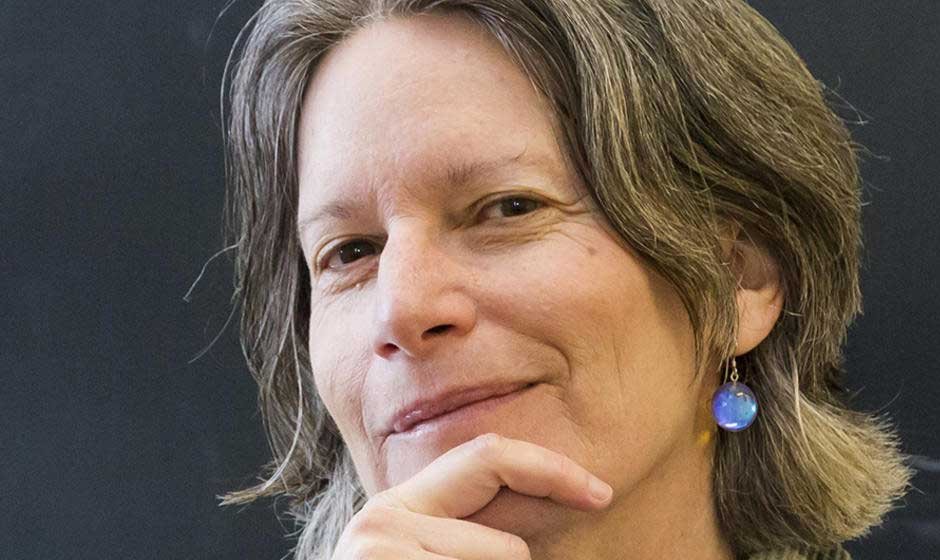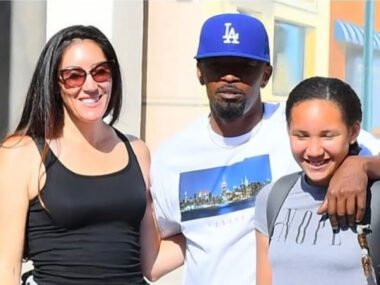The Voice That Challenges Environmental Orthodoxy
When Jennifer Price published her first major work in 1999, she probably didn’t expect to become one of the most controversial voices in environmental writing. Yet that’s exactly what happened. This environmental historian and public intellectual has spent more than twenty years asking uncomfortable questions about American environmentalism—questions that many in the movement would rather avoid.
Price doesn’t fit the typical mold of an environmental writer. She’s not interested in writing lyrical prose about pristine wilderness or urging readers to recycle more. Instead, she digs into the messy, complicated ways that Americans actually think about nature. Her work bridges the gap between serious academic research and the kind of writing that regular people want to read.
What makes Price different is her willingness to call out environmentalism’s blind spots. She questions why so many environmental campaigns fail to connect with ordinary Americans. She challenges the assumption that individual lifestyle changes will solve climate change. Most importantly, she argues that real environmental progress requires tackling issues of economic inequality and social justice—topics that traditional environmentalists often sidestep.
From Bird Watching to Environmental History
Jennifer Price’s path to environmental writing started in an unexpected place: bird watching. As an undergraduate at Princeton University, she studied biology and spent countless hours observing birds. Anyone who’s watched her favorite spring bird—the blackburnian warbler—knows that birdwatching requires patience, attention to detail, and the ability to see patterns that others miss. These skills would prove essential in her later work.
The transition from biology to history wasn’t as dramatic as it might seem. At Yale University, where Price earned her Ph.D. in 1998, she focused on environmental history and the American West. Her doctoral work gave her the tools to analyze not just what happened in environmental history, but why people thought about these events the way they did.
This combination of scientific training and historical analysis shaped Price’s unique approach. She could understand the ecological science behind environmental problems, but she was equally interested in the cultural stories people told themselves about those problems. This dual perspective would become her signature strength as a writer.
The Plastic Pink Flamingo That Changed Everything
“Flight Maps: Adventures with Nature in Modern America” hit bookstores in 1999 and immediately established Jennifer Price as a major new voice in environmental literature. The book’s most famous chapter focuses on something that most environmental writers would never touch: the plastic pink flamingo.
Price spent months researching the history of this tacky lawn ornament, and what she discovered was brilliant. The plastic flamingo, she argued, revealed more about American attitudes toward nature than any number of wilderness preservation campaigns. Through this seemingly ridiculous symbol, Americans were expressing complex feelings about authenticity, class, and their relationship to the natural world.
The flamingo chapter showcased Price’s ability to find profound meaning in everyday objects. She traced the bird’s journey from exotic wildlife to mass-produced decoration, showing how each transformation reflected broader changes in American society. The chapter was funny, smart, and completely original—exactly the kind of environmental writing that nobody else was doing.
Critics loved “Flight Maps” for its fresh perspective and accessible style. The Los Angeles Times praised Price’s “humor, self-scrutiny, and passion for ideas.” The New York Times noted her “refreshing” willingness to engage with nature wherever she found it, not just in pristine wilderness areas.
Becoming a Public Intellectual
After “Flight Maps” established her reputation, Jennifer Price made a deliberate choice to write for general audiences, not just academics. She began contributing to major newspapers and magazines, including The New York Times, Los Angeles Times, and The Believer. Her writing maintained the analytical depth of her academic work while becoming more conversational and accessible.
Price’s public writing often focuses on Los Angeles, where she lived for fifteen years. Her essay “Thirteen Ways of Seeing Nature in L.A.” challenged the common assumption that cities are somehow separate from nature. She wrote about mango body whips, the social geography of air pollution, and the concrete Los Angeles River—topics that most nature writers would never consider.
Her advice column “Green Me Up JJ” took a similarly unconventional approach to environmental issues. Instead of offering standard tips about recycling and energy conservation, Price questioned the assumptions behind green lifestyle advice. She asked readers to think about why environmental problems were being framed as individual responsibility rather than systemic issues.
This approach earned Price recognition far beyond environmental circles. She received a Guggenheim Fellowship in 2005-6 and multiple grants from the National Endowment for the Humanities. These prestigious awards validated her role as both a serious scholar and an effective public communicator.
“Stop Saving the Planet!” and the Environmental Manifesto
In 2021, Jennifer Price published what many consider her most important work: “Stop Saving the Planet!: An Environmentalist Manifesto.” The book’s provocative title perfectly captured Price’s approach to environmental issues—direct, challenging, and impossible to ignore.
The book asks two simple questions that most environmentalists would rather avoid: Why aren’t we cleaning up the environmental messes we’ve already made? And why do so many Americans hate environmentalists? Price’s answers are uncomfortable but compelling. She argues that mainstream environmentalism has become too focused on abstract global problems and not focused enough on concrete local issues that affect people’s daily lives.
Price’s manifesto challenges the language of environmental activism itself. She argues that “save the planet” messaging is counterproductive because it makes environmental problems seem too big and abstract for ordinary people to address. Instead, she advocates for focusing on specific, local environmental justice issues—like air pollution in low-income neighborhoods or access to clean water.
The book received strong reviews from both environmental advocates and critics. Carolyn Finney, author of “Black Faces, White Spaces,” praised Price’s ability to “call us out to call us in” with humor and insight. Richard White called it essential reading, saying “you cannot read a more important fifty pages than Stop Saving the Planet.”
Art, Activism, and Community Engagement
Jennifer Price doesn’t just write about environmental issues—she creates innovative projects to address them. She co-founded two influential collectives: the LA Urban Rangers in Los Angeles and St. Louis Division in her hometown. These groups use art, humor, and community engagement to make environmental issues more accessible to diverse audiences.
One of Price’s most successful projects involved leading tours of the concrete Los Angeles River. Most people saw the river as an ugly piece of infrastructure, but Price’s tours helped participants understand its ecological and social importance. The tours were part education, part performance art, and completely effective at changing how people thought about urban nature.
The LA Urban Rangers also created the “Our Malibu Beaches” mobile app, which provided information about public beach access in an area where wealthy residents often try to privatize coastal resources. The app was downloaded thousands of times and helped ordinary Californians assert their right to public beaches.
Price has also worked with major cultural institutions, including the Museum of Contemporary Art, the Pulitzer Arts Foundation, and Cooper Hewitt Smithsonian. Her projects consistently focus on making environmental issues visible in urban spaces and challenging assumptions about where and how people encounter nature.
Current Work and Lasting Influence
Today, Jennifer Price serves as a Research Fellow at Washington University’s Sam Fox School of Design & Visual Arts in St. Louis, where she returned in 2016 after fifteen years in Los Angeles. Her current research focuses on gun violence as an environmental justice issue—a connection that might seem surprising but makes perfect sense given her approach to environmental problems.
Price’s influence extends far beyond her own writing and projects. She has inspired a new generation of environmental writers and activists who prioritize critical analysis over conventional advocacy. Her students and colleagues have adopted her approach of questioning assumptions and focusing on environmental justice rather than abstract conservation goals.
The lasting impact of Jennifer Price’s work lies in her fundamental reframing of environmental discourse. She has shown that the most important environmental work might not involve protecting pristine wilderness areas, but rather examining and transforming how we think about our relationship with the natural world. In an era of climate change and environmental crisis, Price’s critical perspective and innovative methods offer essential tools for creating more effective and inclusive environmental movements.
Her career proves that environmental writing can be both intellectually rigorous and genuinely entertaining. Most importantly, she has demonstrated that challenging conventional wisdom—even within environmental circles—is not just acceptable but necessary for real progress on environmental issues.










